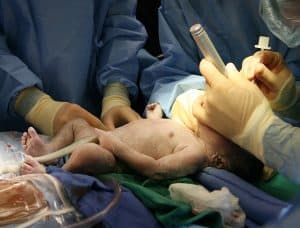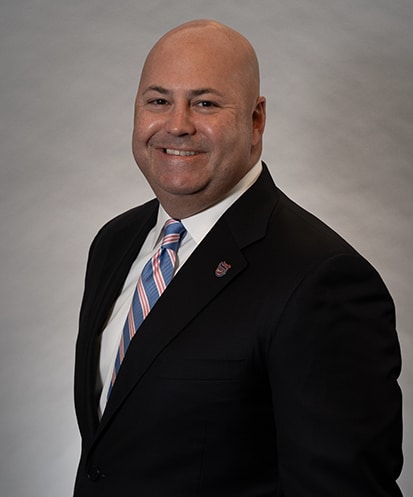Delivery Room Dangers: Unnecessary Episiotomy Procedures
 A major USA TODAY study found that hospitals are performing much too may episiotomies despite nationwide guidelines that call for the procedure to only be used in the case of emergencies. Since 2006, the American College of Obstetricians and Gynecologists has advised performing the procedure sparingly.
A major USA TODAY study found that hospitals are performing much too may episiotomies despite nationwide guidelines that call for the procedure to only be used in the case of emergencies. Since 2006, the American College of Obstetricians and Gynecologists has advised performing the procedure sparingly.
“Mothers who receive episiotomies – an incision at the vaginal opening to create more room as a baby’s head appears – are more likely to suffer severe complications than if they had been allowed to tear naturally. Although there is no national consensus on how frequently the procedure should be used, a leading hospital safety group recommends that the cuts should occur in no more than 5% of vaginal deliveries.”
The USA TODAY report found that in 553 hospitals across 8 states (West Virginia among them), doctors are performing the procedures at a rate of 20% or more. Some hospitals perform the episiotomy procedure at a rate of more than 40%. At New York-Presbyterian Queens, nearly four in ten women received the procedure in non-emergency situations.
Why are so many hospitals performing episiotomies?
Initially, it was thought a surgical cut would be more precise and easier to repair than a natural tear and that the procedure would protect the women’s bladder, pelvic floor muscles, rectum, and uterus better. (Studies by the American College of Obstetricians and Gynecologists have since shown that the surgical cuts are more dangerous.)
Dr. Sara Cichowski, an assistant OB/GYN professor at the University of New Mexico said that informed consent during the procedure is extremely difficult. Dr. Cichowski said “women might also ask whether there is anything they can do to push more effectively.”
The reasons given why these hospitals continue this dangerous procedure were vague. Few of the hospitals even responded to USA TODAY’s request for explanations. One West Virginia hospital blamed the problem on a lack of prenatal care and the state’s opioid epidemic – though the relationship between these concerns and episiotomies doesn’t seem to make sense.
Critics of the procedure, such as Dr. Steven Clark, a professor at Baylor College of Medicine, are alarmed at the high rates. Dr. Clark cites “cultures of excuse” by doctors who perform these procedures unnecessarily.
Cindy Pearson, executive director of the National Women’s Health Network, says the rates should have been going down since the 2006 guidelines were created. Ms. Pearson states the full disclosure of the procedure rates and outcomes would lead to consumer efforts to reduce the rate of the episiotomy procedure.
Episiotomy injuries
Most episiotomy injuries are physical, including “deep and painful lacerations that tear so far they require surgical repair. Wounds become infected or break down and heal slowly. Sex can become painful.” Many women suffer psychological injuries, too, including body image issues and concerns about whether they should have more children.
To contact Paulson & Nace, PLLC, please fill out this contact form or by calling 202-463-1999.

Christopher T. Nace works in all practice areas of the firm, including medical malpractice, birth injury, drug and product liability, motor vehicle accidents, wrongful death, and other negligence and personal injury matters.
Read more about Christopher T. Nace.
